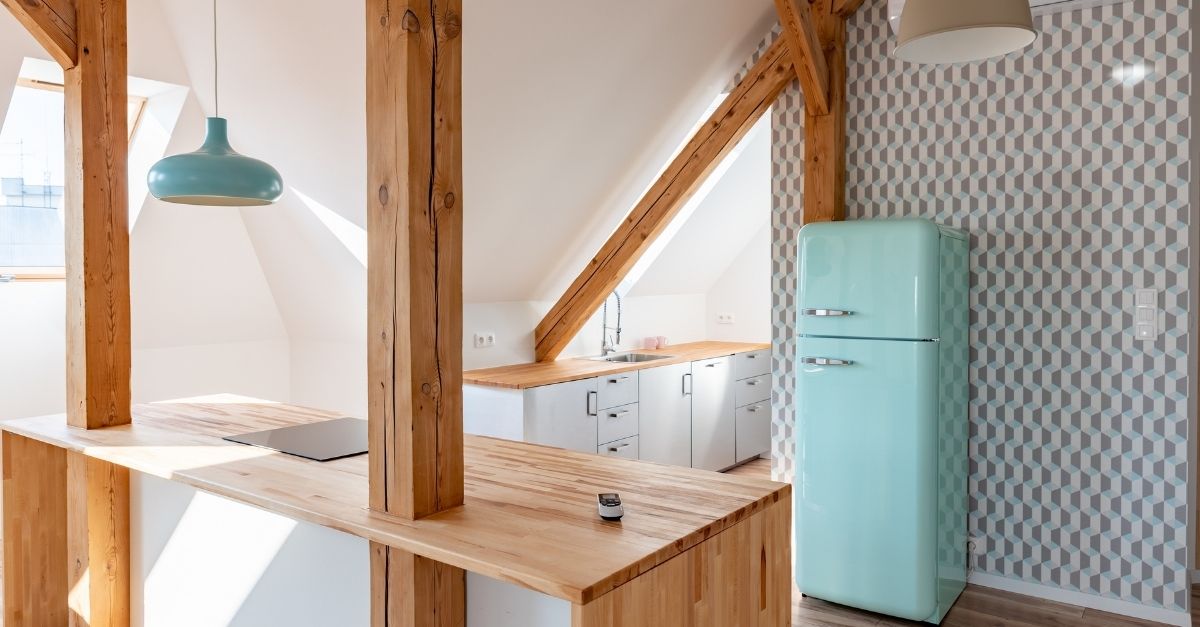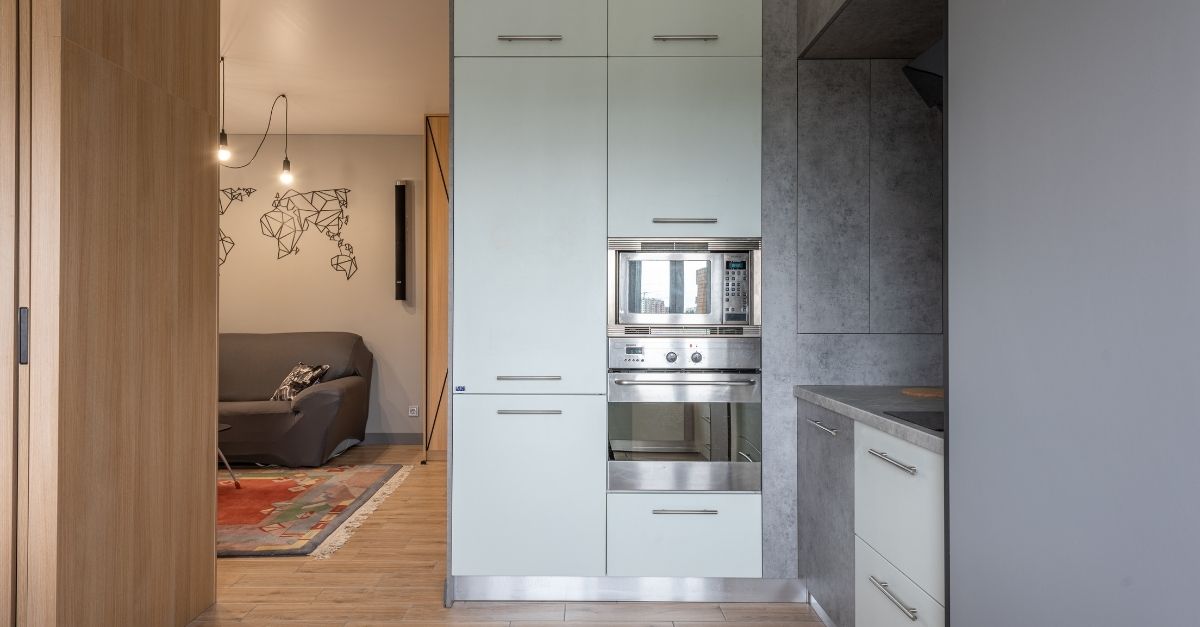In any home kitchen, key appliances are crucial. At a minimum, there should be an oven, a hob, an extractor hood or fan, and a refrigerator. Without them, it cannot be the food preparation area for which it is intended.
When placing an oven, hob, and extractor hood – the decision is usually straightforward: the extractor hood is on top of the hob and the hob is usually on top of or to the side of the hearth. But what about the refrigerator? What are the best practices? What problems can arise? What about the refrigeration cycle?
Here are some suggestions regarding the placement of your refrigerator as well as tips related to design, energy efficiency, and comfort.

Determining the location:
Determining a refrigerator’s location is not always an easy task. It requires a certain amount of space and the correct location. In smaller homes particularly, it can be a difficult task.
The refrigeration cycle is one of the major aspects people tend to miss when placing a fridge. Consider checking this out for a better understanding of how the refrigeration cycle works.
Color co-ordination and space efficiency:
If your kitchen is white, and you want a stylish look, choose a model that is the same color as the kitchen appliances and install it between the two storage compartments.
Put it in a cupboard:
This is a unique but efficient way to create space in a small kitchen. Install the refrigerator in one of the lower-level cabinets. After closing the door, the fridge will blend seamlessly with the rest of the space.

Space-saving:
If your kitchen is small, or you live in the likes of a studio, placing a refrigerator can be tricky. Replace the classic model with a mini version. You can place it under a sink or workbench for a more ergonomic design.
Tips:
Heat sources such as ovens, radiators, and even direct sunlight can affect the refrigerator’s energy efficiency and shorten its life.
The refrigerator should always be close to the counter with enough space available. This will speed up the loading of food and reduce the time you’re keeping the refrigerator door open. When getting ingredients to prepare food, people can easily grab the food they need. The shorter the door is kept open, the less it will be affected by the temperature changes in the refrigerator.
If the refrigerator you purchased is hinged on only one side, you should ensure the door on that side to be easily accessible when opened. If the refrigerator is placed on the right side of the workbench, it should be faced towards that side, so that it is closer to the workbench and easy to access. In the case of a refrigerator with a hinge on the left, it will prevent it from easily reaching the workbench.
All refrigerators require ventilation; the type of ventilation (rear, front, recessed, etc.) will determine the requirements. If the refrigerator is not well ventilated, the accumulated hot air will make the compressor run continuously, affecting the lifespan of the appliances. Experts recommend that a minimum of 200 cm2 of ventilation space should always be provided.
However, a larger ventilation space will increase the energy efficiency of the appliance.
When choosing a new refrigerator, it is important to consider family size, eating and shopping habits, and the type of temperature zone required.

Average refrigerator capacity:
Approximately 70-100 liters: one or two people.
Add approximately 40 to 50 liters (three or more) per person.
Average freezer capacity:
Approximately 50-80 liters per person:
It would be best if you turned it on regularly for a minimum to medium consumption.
About 130 liters per person: it will freeze if kept for a longer period.
Overview:
When planning the location of the refrigerator in the kitchen, remember to use auxiliary functions.
When preparing meals, the perfect place for a kitchen refrigerator is next to the counter so you can take out your ingredients easily.
It should also be close enough to the kitchen sink to wash fruits or vegetables and other ingredients without having to carry them all across the kitchen.
In an open configuration, the kitchen refrigerator should be placed within reach of the dining room or living room so that guests can get drinks, water, or ingredients for preparing meals.
Note: Ice can form around the evaporator during the cooling cycle. Refrigerators and freezers will use a defrosting system to deal with this issue.










